Irradiation performance of defective Uranium Mononitride: The role of impurities in the defect accumulation using in-situ TEM ion irradiation
Principal Investigator
- Name:
- Maria Kosmidou
- Email:
- [email protected]
- Phone:
- (208) 526-6918
Team Members:
| Name: | Institution: | Expertise: | Status: |
|---|---|---|---|
| Adrien Terricabras | Los Alamos National Laboratory | Accident Tolerant Fuel, Ceramic Fuel, Ceramics, Composites, Ion Irradiation, LWR, Nanoindentation, Nuclear Fuel, Nuclear Materials, Radiation Effects, SEM, TEM, XRD | Other |
| Wei-Ying Chen | Argonne National Laboratory | Contribute to experimental procedure providing meaningful insight and technical assistance regarding the equipment at the IVEM facility | Faculty |
| Joshua White | Los Alamos National Laboratory | Accident Tolerant Fuel, Ceramic Fuel, Oxidation, Thermophysical Properties | Other |
Experiment Details:
- Experiment Title:
- Irradiation performance of defective Uranium Mononitride: The role of impurities in the defect accumulation using in-situ TEM ion irradiation)
- Hypothesis:
- UN is under consideration as an advanced nuclear fuel alternative to UO2. Defective UN, yielding different impurities (e.g. O, C, N) incorporated in the microstructure, can influence the fuel’s performance in terms of creep, swelling, fission gas release, thermal stability, and cladding compatibility. We aim to investigate the in-situ growth and evolution of defects (e.g., dislocation loops, bubbles) in defective UN when exposed to Kr ion irradiation at reactor relevant temperatures.
- Work Description:
- We request the NSUF program to provide us access to the Intermediate Voltage Electron Microscope (IVEM)-Tandem facility at ANL for 2-weeks. Six lamellas (two defective UN types at 3 different temperatures: 600, 800, and 1000 oC) will be irradiated with 1MeV Kr++ to high dose levels (near 20dpa) in order to achieve dislocation network (observation of loop growth, nucleation and tangle network formation). Three lamellas (pure UN and two defective UN) will be irradiated at 150keV of Kr for bubble implantation at 1000 oC where bubble size/density will be examined. Also, a defective UN lamella will be examined at the following two sequential tests at 1000 oC: 1. High dislocation density using 1MeV of Kr and 2. Bubble formation using 150keV of Kr.
Project Summary
UN is under consideration as an advanced nuclear fuel alternative to UO2. Defective UN, yielding different impurities (e.g. O, C, N) incorporated in the microstructure, can influence the fuel’s performance in terms of creep, swelling, fission gas release, thermal stability, and cladding compatibility. We aim to investigate the in-situ growth and evolution of defects (e.g., dislocation loops, bubbles) in defective UN when exposed to Kr ion irradiation at reactor relevant temperatures. These real-time observation tests address a critical aspect of nuclear safety and performance by examining how impurities can impact microstructural changes and swelling behavior. Impurity content is an important parameter that can be targeted to enable optimal fuel cycle performance by evaluating the mechanistic understanding of fission gas swelling mechanisms and limit interactions with cladding materials. Information regarding the growth, accumulation, and migration of defects as a function of dose and impurity content will be used to validate a UN swelling model developed at Los Alamos National Laboratory, using cluster dynamics code Centipede, which predicts the radiation-induced dislocation growth and mobility in UN.
Relevance
DOE's Office of Nuclear Energy mission:
The proposed study is part of a comprehensive project to develop an innovative Accelerated Fuel Qualification (AFQ) framework for advanced nuclear fuels and in particular UN. It is critical for the nuclear industry to open up new, faster, cost effective avenues for the qualification of nuclear fuels that can enhance safety and optimize reactor efficiency. Here we aim to fill in data gaps by performing targeted experiments in UN that will be used to validate mechanistic fuel performance models. Validation of these models using novel experimental techniques (as opposed to decades of billion dollar in-reactor campaigns) is critical to the success of this approach. This proposal addresses the Office of Nuclear Energy Strategic Mission to develop and implement an integrated nuclear energy and materials strategy enabling deployment of advanced nuclear reactors.
How it supports&advances a specific DOE-NE topic:
AFQ is identified as a “remaining key roadmap” that along with the targeted experiments will reduce the risk and the time needed to deploy advanced nuclear technology.
Demonstrate significant ties to the mission and relevant topics:
Recent DOE investments in large-scale Advanced Reactor Demonstration Programs set the stage for qualification of new reactors and advanced fuels. The nuclear industry (eg. TerraPower, General Atomics, Westinghouse) is actively pursuing projects involving AFQ components with support from the Nuclear Regulatory Commission. The success of the AFQ concept relies on efforts from both the nuclear industry and national labs that have significant expertise in simulation tools and experimental techniques. Thus, the proposed experimental research combined with modelling and simulation addresses DOE's Office of Nuclear Energy mission to set the stage for development and qualification of fuels for new reactors.
Critical knowledge gaps:
A limited body of work exists on the mechanisms governing dislocation growth and nucleation in UN and how this is affected by impurity content. This critical knowledge gap poses a significant challenge in comprehending and predicting the influence of impurities on fuel swelling.
How it will build on synergies with ongoing direct/competitively-funded projects or meets a critical mission need:
This project is an integral component of a direct funded project for accelerated fuel qualification at Los Alamos National Laboratory (Accelerating Nuclear Fuel Qualification through Integrated Multiscale & Multiphysics Models, LDRD grant#:20220053DR). Success of this project will greatly impact the approach taken by industry and the DOE-NE Nuclear Energy Advanced Modeling and Simulation program to support accelerated fuel qualification. In-situ TEM studies provide significant insights into the dynamics of irradiation induced defects at reactor relevant conditions. These experiments will map out the relationship between irradiation induced defect generation and dislocation evolution as a function of fluence and temperature (up to 1300K). This is crucial in understanding the breakaway swelling behavior in defective UN and enables direct validation of dislocation and fission gas behavior predicted by the mechanistic swelling model currently in development. These experiments will also determine if fuel composition can be tailored to minimize swelling. These experiments combined with modelling efforts can limit in-reactor tests.
The proposed study is part of a comprehensive project to develop an innovative Accelerated Fuel Qualification (AFQ) framework for advanced nuclear fuels and in particular UN. It is critical for the nuclear industry to open up new, faster, cost effective avenues for the qualification of nuclear fuels that can enhance safety and optimize reactor efficiency. Here we aim to fill in data gaps by performing targeted experiments in UN that will be used to validate mechanistic fuel performance models. Validation of these models using novel experimental techniques (as opposed to decades of billion dollar in-reactor campaigns) is critical to the success of this approach. This proposal addresses the Office of Nuclear Energy Strategic Mission to develop and implement an integrated nuclear energy and materials strategy enabling deployment of advanced nuclear reactors.
How it supports&advances a specific DOE-NE topic:
AFQ is identified as a “remaining key roadmap” that along with the targeted experiments will reduce the risk and the time needed to deploy advanced nuclear technology.
Demonstrate significant ties to the mission and relevant topics:
Recent DOE investments in large-scale Advanced Reactor Demonstration Programs set the stage for qualification of new reactors and advanced fuels. The nuclear industry (eg. TerraPower, General Atomics, Westinghouse) is actively pursuing projects involving AFQ components with support from the Nuclear Regulatory Commission. The success of the AFQ concept relies on efforts from both the nuclear industry and national labs that have significant expertise in simulation tools and experimental techniques. Thus, the proposed experimental research combined with modelling and simulation addresses DOE's Office of Nuclear Energy mission to set the stage for development and qualification of fuels for new reactors.
Critical knowledge gaps:
A limited body of work exists on the mechanisms governing dislocation growth and nucleation in UN and how this is affected by impurity content. This critical knowledge gap poses a significant challenge in comprehending and predicting the influence of impurities on fuel swelling.
How it will build on synergies with ongoing direct/competitively-funded projects or meets a critical mission need:
This project is an integral component of a direct funded project for accelerated fuel qualification at Los Alamos National Laboratory (Accelerating Nuclear Fuel Qualification through Integrated Multiscale & Multiphysics Models, LDRD grant#:20220053DR). Success of this project will greatly impact the approach taken by industry and the DOE-NE Nuclear Energy Advanced Modeling and Simulation program to support accelerated fuel qualification. In-situ TEM studies provide significant insights into the dynamics of irradiation induced defects at reactor relevant conditions. These experiments will map out the relationship between irradiation induced defect generation and dislocation evolution as a function of fluence and temperature (up to 1300K). This is crucial in understanding the breakaway swelling behavior in defective UN and enables direct validation of dislocation and fission gas behavior predicted by the mechanistic swelling model currently in development. These experiments will also determine if fuel composition can be tailored to minimize swelling. These experiments combined with modelling efforts can limit in-reactor tests.
Please wait
About Us
The Nuclear Science User Facilities (NSUF) is the U.S. Department of Energy Office of Nuclear Energy's only designated nuclear energy user facility. Through peer-reviewed proposal processes, the NSUF provides researchers access to neutron, ion, and gamma irradiations, post-irradiation examination and beamline capabilities at Idaho National Laboratory and a diverse mix of university, national laboratory and industry partner institutions.
Privacy and Accessibility · Vulnerability Disclosure Program

